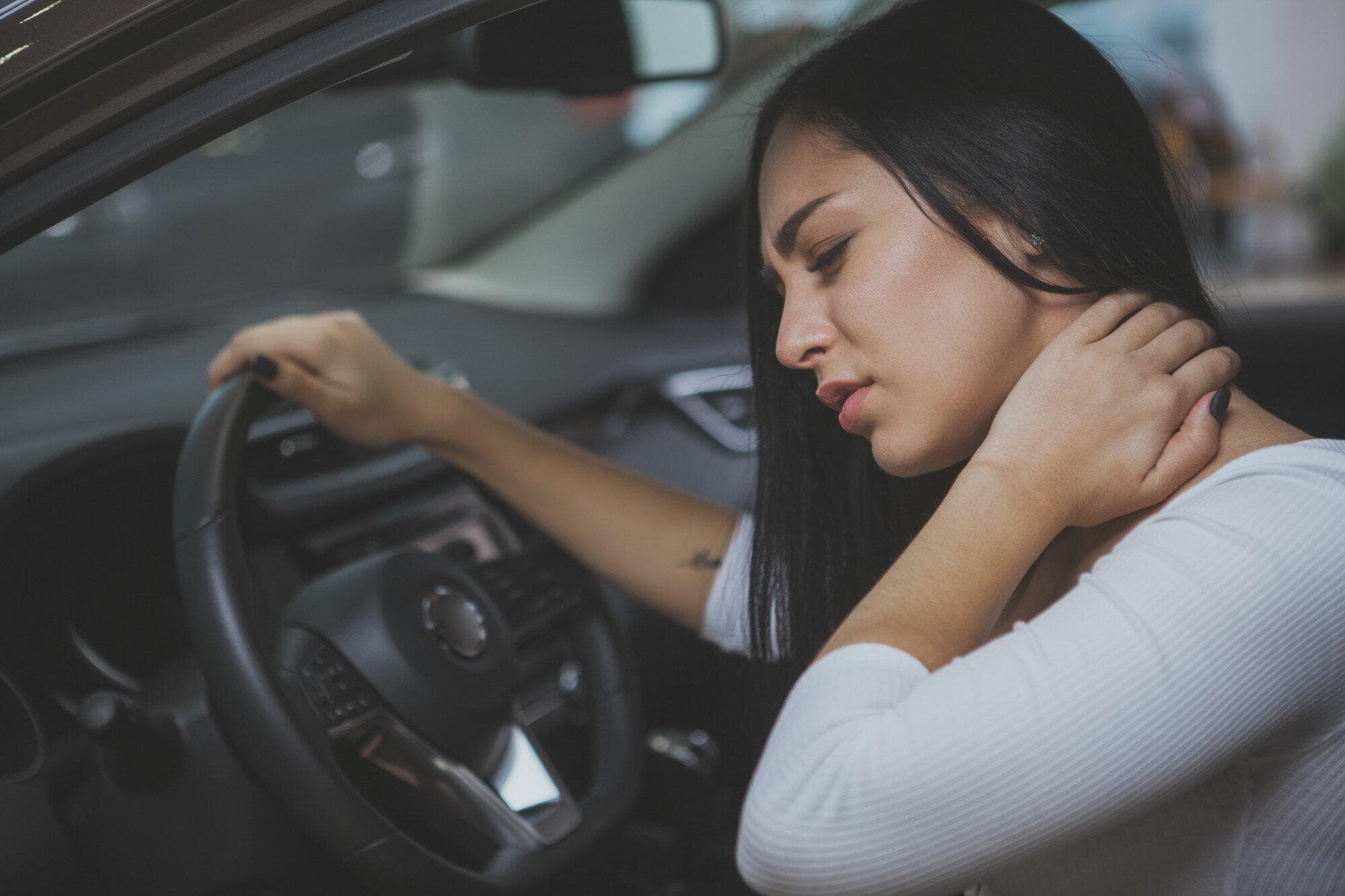In the history of automobile safety, large amounts of time, attention, and research have been given to the safety of passengers in the front seats of cars. Proportionally, back seat safety has not been given as much attention.
This focus on front seat passengers historically makes sense. Considering that prior to increased safety practices and regulations, the chance of serious injury to front seat passengers has always been much higher than back seat passengers. This is especially true in regards to frontal collisions.
Over the past few years, however, the Insurance Institute for Highway Safety (IIHS) has paid special attention to back seat passenger injuries. While advancements in automobile safety have greatly benefited and protected passengers in the front seats of cars, that same benefit has not been fully extended to those in the back seat.
Child safety measures such as car seats have had a major impact on youth safety and protection in an accident. However the same can not be said of older children, teens, and adults sitting in the back seat. These individuals are left at a greater risk. With the increase of use of popular ridesharing apps like Uber and Lyft, adult back seat passengers have only become more common, creating an even greater need for back seat safety.
Reasons for Back Seat Injuries
There are two major safety benefits awarded to front seat passengers that back seat passengers typically do not have. The first difference between the front and back seats is that front row passengers are protected by airbags in a frontal collision. These deploy directly in front of them to prevent any kind of impact with the dashboard or windshield of the car.
While many back seats now have side airbags for side collisions, this lack of protective padding in front opens up a major opportunity for greater injury to back seat passengers, such as collision with the vehicle’s interior. When sitting in the back seat, be sure to wear your seatbelt. Back seat safety is something that should always be taken seriously.
The other main difference between front and back seat passengers is that front seat safety restraints are often built with more security features, such as crash tensioners and force limiters. Crash tensioners are the devices that cause seatbelts to tighten around occupants at the start of a crash.
Force limiters allow some of the belt’s webbing to spool out before forces get too high, to reduce the risk of chest injury caused by the belt and the impact of a crash. Without these features, back seatbelts cannot be as beneficial as their front seat counterparts.
Back Seat Safety: Types of Injuries
The most common injury sustained by back seat passengers in an accident is chest injuries. These injuries can range from mild to fatal. The injuries are partially caused by the lack of force limiters built into the belts, which would otherwise limit the force the belts have on the body of the occupant. In an IIHS study, it was found that out of 117 accidents in which rear-seat passengers were severely injured or killed, 22 cases of serious injury – and 17 of the 37 fatalities – were centered around injuries to the chest.
The second more common injury sustained in the back seat is head injuries. This is most commonly caused by collision with the inside of the vehicle, such as the back of the seat in front of the passenger. Within the IIHS study, head injuries were found in 9 severe injuries and 18 fatalities.
For more information on the study done by the Insurance Institute for Highway Safety, check out their website here.
https://www.iihs.org/
What To Do if You’ve Been Injured in a Car Accident
Back seat safety is not something that should be taken lightly. While car manufacturers continue to discover new ways to protect back seat passengers, the chance of serious injury while sitting in the back seat during an accident remain high. Especially with the popularity of Uber and Lyft.
If you or someone you know has been injured in the back seat of an Uber,Lyft or any other vehicle, you may be entitled to a settlement for your injuries. Our lawyers work on a contingency basis, so you pay nothing unless they are able to recover a settlement.
Call us today for a free case consultation at (800) 674-7854.

![Horrific 2-Car Crash on US 50 Left 2 Minors Hurt [Lyon County, NV]](https://cdn-sweetlaw3.pressidium.com/wp-content/uploads/2024/03/how-do-police-determine-fault-in-an-accident.jpeg)
![Devastating DUI Crash on Interstate 5 Killed 1 Person [San Diego, CA]](https://cdn-sweetlaw3.pressidium.com/wp-content/uploads/2024/03/semi-truck-crash.jpeg)

